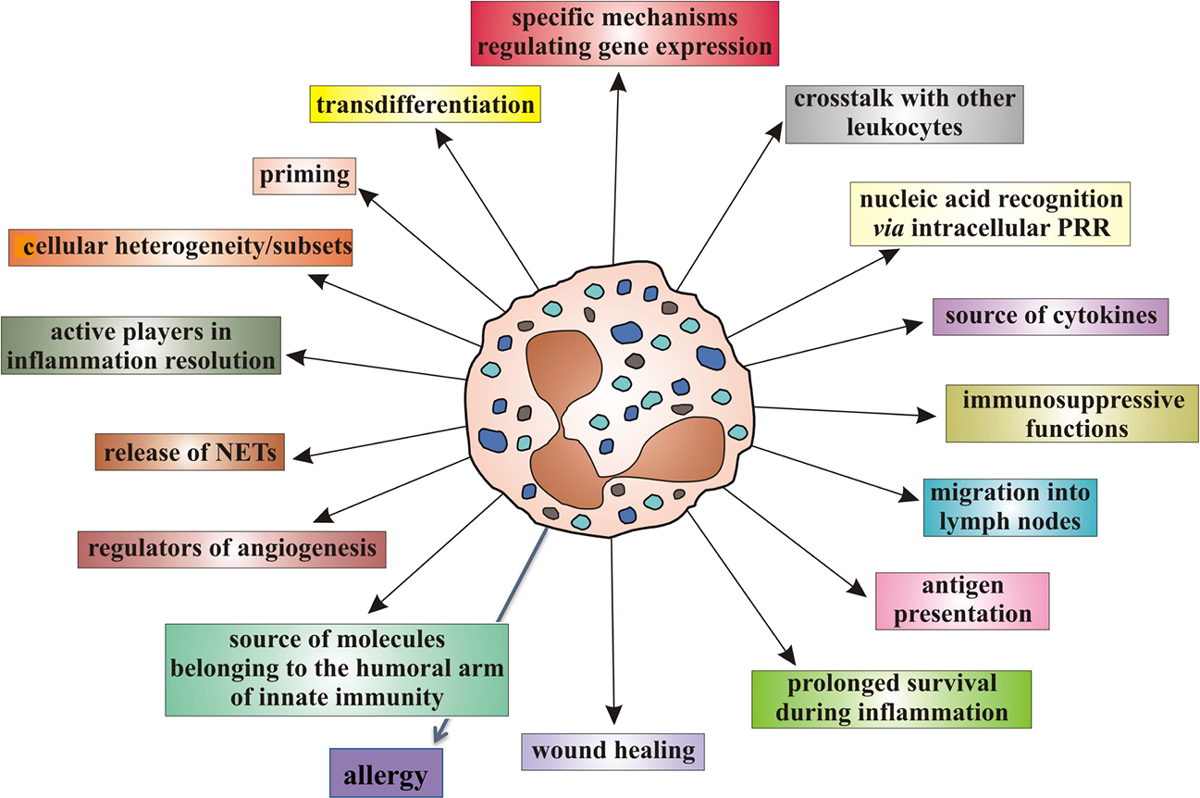Examining Clinical Opinion and Experience Regarding Utilization of Plain Radiography of the Spine: Evidence from Surveying the Chiropractic Profession
SOURCE: J Clinical Medicine 2023 (Mar 10); 12 (6): 2169
| OPEN ACCESS |
Philip A Arnone, Steven J Kraus, Derek Farmen, Douglas F Lightstone, Jason Jaeger, Christine Theodossis
Community Based Internship Program, Associate Faculty,
Southern California University of Health Sciences,
Whittier, CA 90604, USA.

FROM: Umeå University, Sweden 2008
Plain Radiography of the spine (PROTS) is utilized in many forms of healthcare including the chiropractic profession; however, the literature reflects conflicting opinions regarding utilization and value. Despite being an essential part of Evidence-Based Practice (EBP), few studies assess Doctors of Chiropractic (DCs) clinical opinions and experience regarding the utilization of (PROTS) in practice. In this study, DCs were surveyed regarding utilization of PROTS in practice. The survey was administered to an estimated 50,000 licensed DCs by email. A total of 4,301 surveys were completed, of which 3,641 were United States (US) DCs. The Clinician Opinion and Experience on Chiropractic Radiography (COECR) scale was designed to analyze survey responses. This valid and reliable scale demonstrated good internal consistency using confirmatory factor analysis and the Rasch model.
There are more articles like this @ our:
Survey responses show that 73.3% of respondents utilize PROTS in practice and 26.7% refer patients out for PROTS. Survey responses show that, among US DCs, 91.9% indicate PROTS has value beyond identification of pathology, 86.7% indicate that PROTS is important regarding biomechanical analysis of the spine, 82.9% indicate that PROTS is vital to practice, 67.4% indicate that PROTS aids in measuring outcomes, 98.6% indicate the opinion that PROTS presents very low to no risk to patients, and 93.0% indicate that sharing clinical findings from PROTS studies with patients is beneficial to clinical outcomes.
The results of the study indicated that based on clinical experience, the majority of DCs find PROTS to be vital to practice and valuable beyond the identification of red flags.
Keywords: Evidence-Based Practice (EBP); X-ray utilization; chiropractic practice; chiropractic survey; clinical opinion; radiographs.
From the FULL TEXT Article:
Introduction
Doctors of Chiropractic (DCs) are portal of entry healthcare providers trained in the diagnosis and management of spinal related conditions, with an emphasis on biomechanical dysfunction, in addition to screening for pathology. Interestingly, an estimated 85% of chronic low back pain cases are diagnosed as “non-specific low back pain”, not as a result of injury, but as a result of an unknown cause, typically from spinal biomechanical dysfunction. [1] DCs offer safe [2–4], non-pharmaceutical, non-surgical approaches to musculoskeletal conditions that have been shown to reduce opioid usage [5–8] and decrease surgical intervention [9, 10] and disability [11–13] when compared to other therapies. Research shows that when a patient sees a DC first after a low back injury, surgical intervention is reduced to 1.5% compared to 42.7% when initially evaluated by a surgeon even after considering other important variables. [9] Additionally, chiropractic intervention has been shown to reduce opioid usage by 56% [8], and a survey taken in 2012 found “over 96% respondents with spine-related problems who reported the use of chiropractic manipulation stated that the therapy helped them with their condition”. [14] While there are many different methodologies utilized within chiropractic to determine care, plain radiography has a long history of utilization by the profession as a viable tool in assessing spinal dysfunction. [15] Current chiropractic scope of practice, while varied from state to state, allows DCs to order, perform, and interpret radiographs for various reasons including the evaluation of musculoskeletal disorders, red flags, biomechanical analysis and to aid in patient management. [16]




Leave A Comment